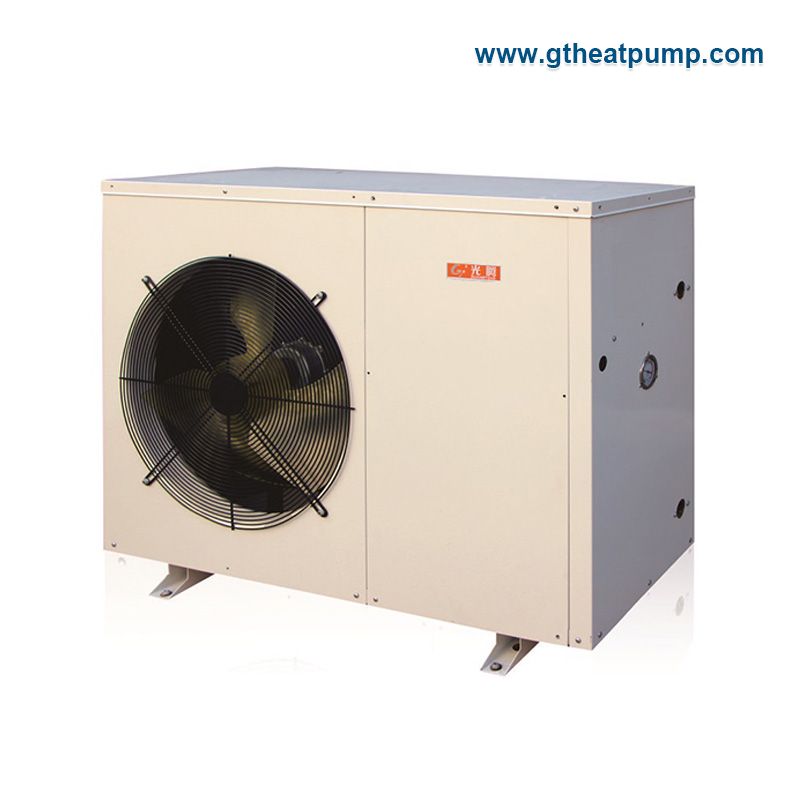How DC Inverter Heat Pumps Work: A Comprehensive Guide
EVI DC inverter heat pumps have gained popularity as efficient and versatile heating and cooling systems for residential and commercial applications. These advanced heat pumps utilize DC inverter technology to provide precise temperature control, energy efficiency, and year-round comfort. In this comprehensive guide, we will explore the working principles of DC inverter heat pumps and how they differ from traditional heat pumps.
Understanding Heat Pump Basics
Before diving into DC inverter heat pumps, it's essential to understand the basics of how heat pumps work. Heat pumps operate by transferring heat from one area to another. During the cooling mode, they extract heat from indoor spaces and release it outdoors. In the heating mode, they extract heat from the outdoor air or ground and transfer it indoors.

The Role of Inverter Technology
DC inverter technology is the key differentiating factor in DC inverter heat pumps. Traditional heat pumps typically operate on a fixed-speed compressor, meaning the compressor runs at a constant speed regardless of the heating or cooling demand. In contrast, DC inverter heat pumps use variable-speed compressors controlled by inverters.
Variable-Speed Compressor Operation
The variable-speed compressor in a DC inverter heat pump adjusts its speed based on the heating or cooling needs of the space. When the demand for heating or cooling is low, the compressor operates at a lower speed, consuming less energy. As the demand increases, the compressor speeds up to meet the desired temperature.
Precise Temperature Control
DC inverter heat pumps offer precise temperature control, thanks to the variable-speed compressor. Unlike traditional heat pumps that turn on and off to maintain the set temperature, DC inverter heat pumps continuously adjust the compressor speed to provide a consistent and comfortable indoor climate. This feature minimizes temperature fluctuations and improves overall comfort.
Energy Efficiency and Cost Savings
The ability of DC inverter Swimming Poool heat pumps to modulate the compressor speed provides significant energy-saving benefits. By adjusting the compressor's speed according to the heating or cooling demand, these heat pumps can operate at lower speeds for extended periods, consuming less energy than traditional fixed-speed heat pumps. The efficient use of energy translates into lower utility bills and reduced environmental impact.
Benefits of DC Inverter Heat Pumps
Enhanced Energy Efficiency: DC inverter heat pumps can achieve higher energy efficiency ratings (SEER and HSPF) compared to traditional heat pumps, resulting in lower energy consumption and operating costs.
Improved Comfort: The precise temperature control and minimized temperature fluctuations of DC inverter heat pumps contribute to enhanced comfort levels.
Quieter Operation: Variable-speed compressors operate at lower speeds, reducing noise levels compared to fixed-speed compressors.
Longer Lifespan: The ability to run at lower speeds for extended periods puts less strain on the compressor, potentially increasing the lifespan of the heat pump.
Quick Heating and Cooling: DC inverter heat pumps can reach the desired temperature faster due to their ability to adjust the compressor speed according to the heating or cooling demand.
Conclusion
DC inverter heat pumps provide efficient and precise temperature control while offering energy savings and improved comfort. With their variable-speed compressors and advanced inverter technology, they deliver enhanced efficiency and performance compared to traditional heat pumps. By understanding the working principles and benefits of DC inverter heat pumps, you can make an informed decision when considering a heating and cooling solution for your home or commercial space.

